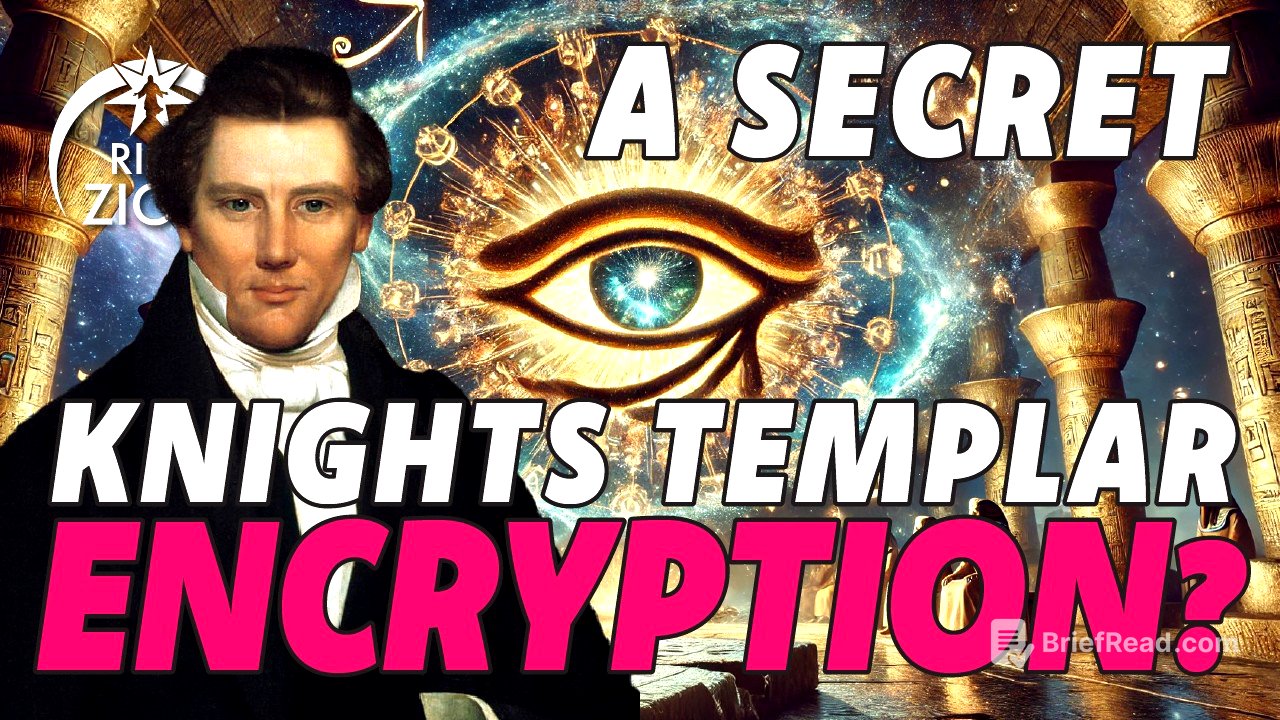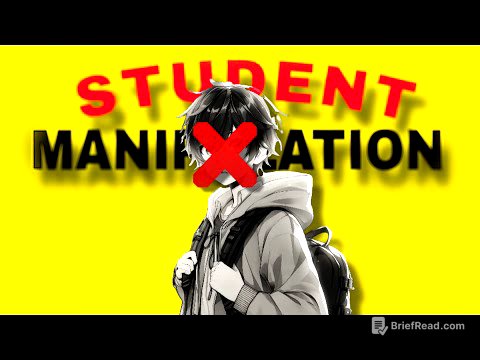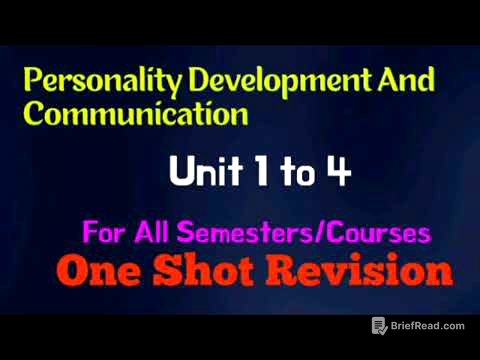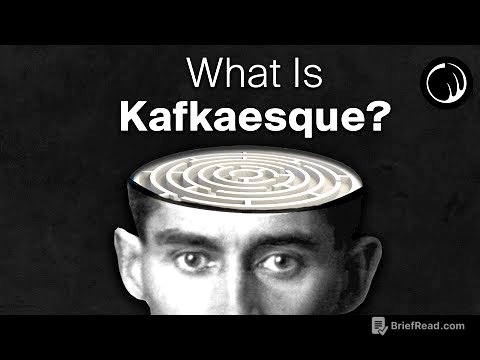TLDR;
This video addresses common criticisms against the Book of Abraham, particularly focusing on the source texts, translation, and interpretations of the facsimiles. It presents evidence and arguments based on recent scholarship to counter these criticisms, suggesting that the critics' arguments rely on outdated information and misunderstandings. The video highlights the importance of understanding the historical context and the true nature of the Kirtland Egyptian papers.
- The missing papyri, particularly the long scroll, were the primary source for the Book of Abraham, not the surviving fragments.
- The Kirtland Egyptian papers were not an attempt to translate the Book of Abraham but rather an effort to create a cipher or encoded language.
- Interpretations of the facsimiles should be viewed through a Jewish or early Christian lens, not solely an Egyptian one.
Intro [0:05]
The video introduces the topic of recent scholarship on the Book of Abraham, aiming to provide a concise defense against common criticisms. It acknowledges that the Book of Abraham has been a point of contention, often used by critics to discredit Joseph Smith and the Church. The video asserts that it will address these criticisms by presenting logical arguments supported by new research, rather than relying solely on spiritual perspectives. It references Doctrine and Covenants section 71, emphasizing the need to defend the faith and confound enemies with strong reasons.
The Three Main Criticisms [3:27]
The video outlines the three main criticisms against the Book of Abraham: wrong text, bad translation, and wrong figures. Critics argue that Joseph Smith translated the book from common funerary texts, that the Kirtland Egyptian papers show incorrect matching of Egyptian symbols with English meanings, and that his explanations of the facsimiles don't align with Egyptological interpretations. The video asserts that these arguments are based on wrong assumptions and that refuting them will be straightforward by addressing the missing papyri, the true nature of the Egyptian Kirtland papers, and the ancient Jewish-Egyptian iconographic contexts.
The Missing Papyri [4:46]
The discussion begins by addressing the "wrong text" argument, focusing on the missing papyri. Critics claim Joseph Smith used only the surviving fragments, which are common Egyptian funerary texts, to produce the Book of Abraham. However, 19th-century records indicate that Joseph Smith had access to more extensive materials, including two papyrus rolls. Eyewitness accounts from WW Phelps, Oliver Cowdery, and Joseph Smith himself confirm the existence of these rolls, with Joseph Smith identifying one as containing the writings of Abraham. The video emphasizes that the Book of Abraham was translated from this long scroll, not the fragments containing the facsimiles. The long scroll was destroyed in the Chicago fire of 1871, while the surviving fragments were preserved and later sold to the Metropolitan Museum.
The Kirtland Egyptian Papers [10:10]
The video transitions to the second criticism: "bad translation," addressing the nature of the Kirtland Egyptian papers. These papers, created between 1835 and 1836, represent early Latter-day Saint attempts to understand and systemize the Egyptian language. Critics argue that these papers demonstrate Joseph Smith's lack of linguistic ability by showing incorrect translations of Egyptian symbols. However, recent research by William Shrivever suggests that the Kirtland Egyptian papers were not intended as a direct translation of the Book of Abraham. Instead, they were used to create an alphabet and grammar based on the already translated Book of Abraham, with symbols assigned to nouns and proper nouns rather than articles or pronouns.
The Kirtland Egyptian Papers as a Cipher [15:36]
The video continues to explain William Shrivever's research, which suggests that the Kirtland Egyptian papers were an attempt to create a secret code or cipher key. The characters used in the papers were not exclusively Egyptian and included symbols from the Knights Templar and Freemasons. This cipher was related to 19th-century theories of a pure language of the ancients, with Egyptian being considered less corrupted over time. The goal was to encode the revelations of Joseph Smith, protecting them from interception and corruption. The project was eventually abandoned, but it provides insight into the intellectual and religious environment of Kirtland during that period.
The Facsimiles [23:10]
The video addresses the third criticism: "wrong figures," focusing on the interpretations of the facsimiles. Critics argue that Joseph Smith's explanations of the facsimiles don't match modern Egyptological interpretations. The video reiterates that Joseph Smith did not use the surviving fragments or the facsimiles alone to translate the Book of Abraham. Instead, the facsimiles are illustrations that accompany the text. Modern scholarship reveals that the owner of the Joseph Smith papyrus number one lived around 200 BC and was a priest in Thebes. It was common for texts and pictures to be separate, with mismatches between vignettes and text.
Interpreting the Facsimiles Through a Jewish Lens [26:07]
The video suggests that instead of asking how Egyptians would interpret the facsimiles, we should consider how Abraham's people or later Jewish scribes might have understood them. Jewish and Christian writings often reinterpreted Egyptian religious themes. The video examines facsimile number one, noting that it is the only known example of this type of drawing connected to the book of breathing texts. The scene differs from standard embalming images, with the figure on the couch dressed and appearing to struggle. Joseph Smith's interpretation of Abraham nearly being sacrificed aligns with the visual elements of the scene.
Conclusion [30:12]
The video concludes by stating that the presenter knows the Book of Abraham is true based on a testimony from the Holy Spirit. While spiritual confirmation is essential, being informed about the criticisms and the scholarship addressing them is also important. The video emphasizes the need to defend the faith with both spiritual power and excellent scholarship, as outlined in Doctrine and Covenants section 71. The video encourages viewers to like, comment, and subscribe to the channel and consider becoming a member to support its growth.









